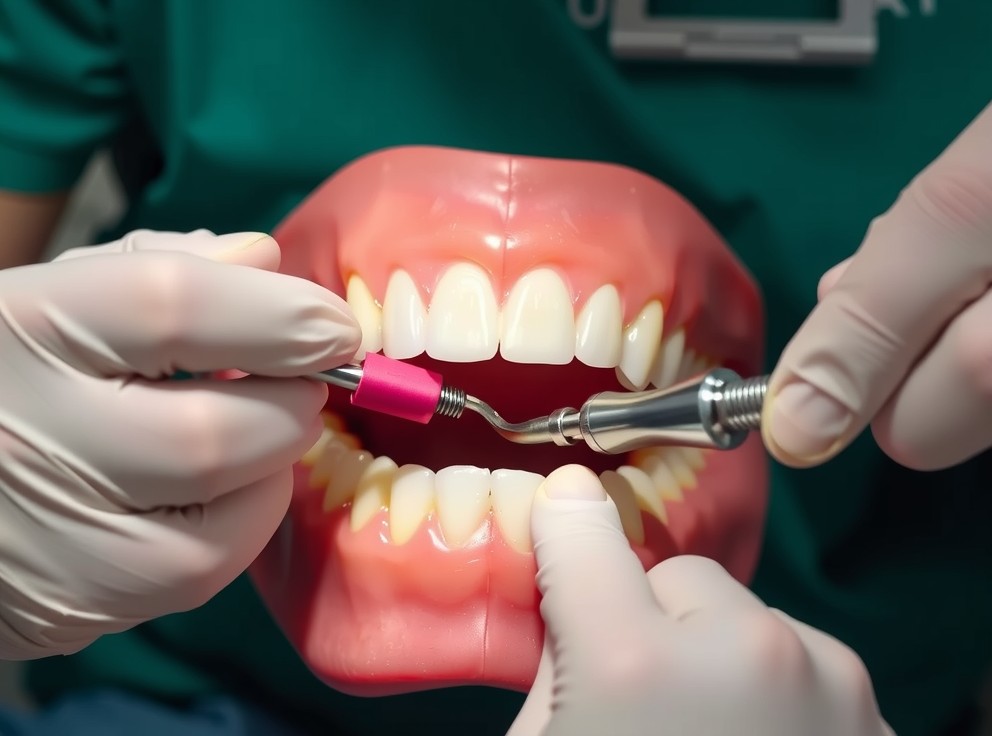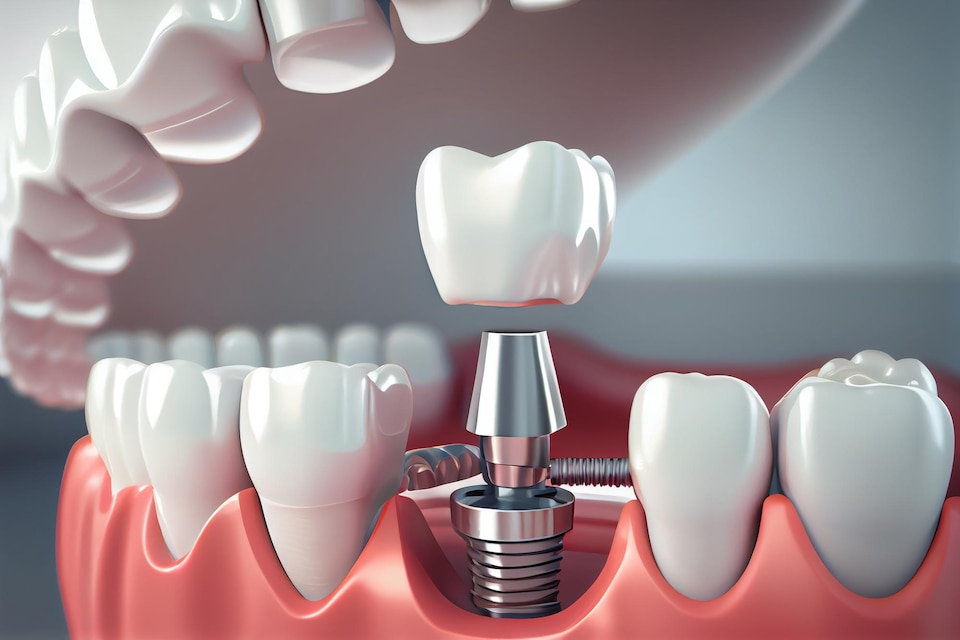Tooth Extraction and Beyond: Your Comprehensive Guide to Essential Dental Procedures


Tooth Extraction and Beyond: Your Guide to Essential Dental Procedures
Estimated Reading Time: 8 minutes
Key Takeaways
- Tooth extraction is used when restoration is not possible.
- Different tooth filling materials suit various needs.
- Early care for gingivitis and gum disease treatment prevents progression.
- Surgical and non-surgical options exist for receding gums treatment.
- Consult your dentist to choose the best treatment path.
Table of Contents
- Common Oral-Health Problems and Treatment Categories
- Tooth Filling
- Tooth Extraction
- Gingivitis Treatment
- Gum Disease Treatment
- Receding Gums Treatment
- Conclusion & Call to Action
- FAQ
Common Oral-Health Problems and Treatment Categories
This section overviews common dental issues and their corresponding treatments:
- Cavities: Characterized by holes in the teeth due to decay, usually remedied with a tooth filling.
- Severe Tooth Decay: When damage advances, making the tooth irreparable, tooth extraction may be necessary.
- Gum Inflammation: Known as gingivitis, treatable with professional cleanings and enhanced personal oral care.
- Periodontal Disease: An advanced gum infection, needing more intensive gum disease treatment.
- Gum Recession: Involves the gums pulling away from the teeth, often requiring receding gums treatment.
Tooth Filling (Complete Guide)
Definition & Indications
A tooth filling repairs and restores the form and function of a tooth affected by decay. It is indicated for early-stage decay or small to moderate cavities. Fillings can prevent further decay and damage to the teeth.
Materials Overview
- Composite resin: Ideal for front teeth due to its natural color that blends with the natural teeth.
- Amalgam: Strong and durable, suitable for back teeth.
- Ceramic: Offers the best aesthetic results but at a higher cost.
Step-by-Step Procedure
- Administration of local anesthetic around the affected area.
- Decay removal using specialized dental tools.
- Cavity cleaning and disinfection.
- Filling application, shaping, and curing.
- Polishing to restore smoothness.
Lifespan & Maintenance
The lifespan of a tooth filling can range from 5 to 15 years, depending on the material used and oral hygiene practices. Regular brushing, flossing, and dental check-ups are essential for maintenance.
Tooth Extraction (When You Need)
Definition & Clinical Indications
Tooth extraction is necessary when a tooth is beyond repair due to decay, infection, or crowding. Source.
Extraction Types
- Simple extraction: Removal of a tooth visible above the gum line using elevators and forceps.
- Surgical extraction: Required for teeth that are not easily accessible or broken, involving incisions into the gum. Source.
Detailed Procedure Walkthrough
- Local anesthesia is applied to numb the area.
- The tooth is loosened and removed using appropriate tools.
- The site is cleaned and, if necessary, sutured.
Post-Extraction Care
Following tooth extraction, bite on gauze to control bleeding, avoid activities that disrupt healing such as spitting or using a straw. Soft foods are recommended initially, and normal oral hygiene can be resumed after 24 hours.
Cost & Financing
The cost of tooth extraction varies depending on complexity, ranging from simple to more involved surgical extractions. Most insurance plans provide some coverage for these procedures.

Gingivitis Treatment (Home Care Tips)
Definition & Warning Signs
Gingivitis is characterized by gum inflammation, redness, and bleeding. It is the early stage of gum disease but is reversible with proper care.
Professional Non-Surgical Approaches
- Routine dental cleanings to remove plaque and tartar.
- Use of antimicrobial rinses to reduce bacteria.
Home-Care Recommendations
Effective home care includes brushing twice daily with a soft-bristled brush, flossing regularly, and using an ADA-approved mouthwash to reduce bacteria and freshen breath.
Gum Disease Treatment (Understanding Periodontal Disease)
Disease Progression Overview
If gingivitis is left untreated, it can progress to periodontitis, involving more severe symptoms including tooth loss.
In-Office Non-Surgical Procedures
- Scaling and root planing for deep cleaning below the gumline.
Surgical Interventions
In severe cases, surgery such as flap surgery and bone grafting may be necessary to restore periodontal health.
Maintenance & Follow-Up
Regular follow-up visits are crucial to monitor gum health and prevent recurrence.
Receding Gums Treatment (Surgical Options)
Causes & Consequences
Receding gums can result from aggressive brushing or genetic predisposition, leading to increased sensitivity and risk of root cavities.
Non-Surgical Management
Desensitizing agents and gentle brushing techniques can help manage sensitivity and prevent further recession.
Surgical/Graft Procedures
Severe cases may require tissue grafts to cover exposed roots and protect against decay.
Conclusion & Call to Action
Proper understanding and early intervention are key to effective oral health management. Each outlined procedure addresses specific conditions and helps maintain or restore oral health. Book your appointment today.
For more detailed questions about specific treatments, consider consulting directly with a dental professional who can provide personalized advice based on your oral health status.
FAQ
- When is a tooth extraction necessary?
- When a tooth is beyond repair due to decay, infection, or crowding.
- How long do fillings last?
- Typically 5 to 15 years, depending on material and oral hygiene.
- Can gingivitis be reversed?
- Yes, with proper professional cleanings and home care.
- What are the options for gum recession?
- Non-surgical management and surgical graft procedures based on severity.









